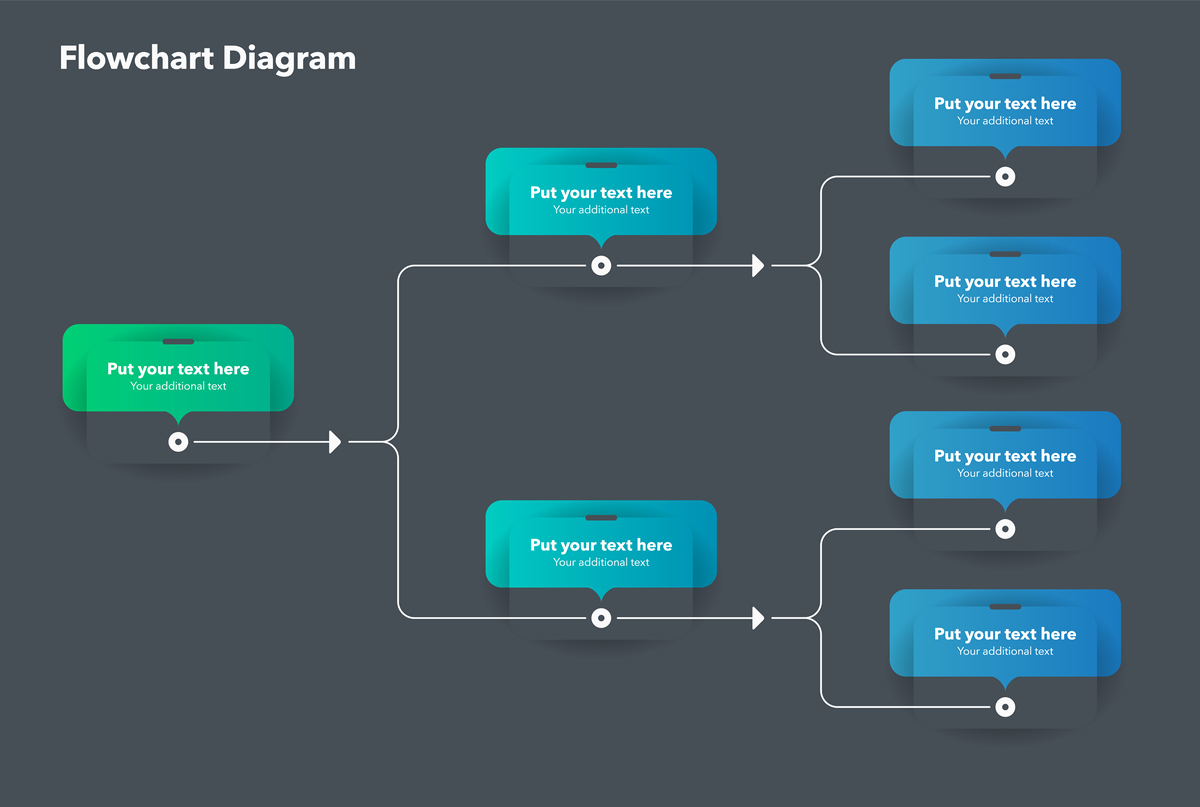Vue 2 vs Vue 3: Key Differences and Enhancements
Vue 2 and Vue 3 have several key differences, each offering improvements and new features. Here's a breakdown of the most significant changes:
-
Performance: Vue 3 boasts significant performance enhancements through optimizations in both the compiler and runtime, leading to faster application execution.
-
Reactivity System: Vue 3 utilizes the Proxy API instead of Object.defineProperty for its reactivity system, resulting in more efficient and robust data tracking.
-
Composition API: This new feature in Vue 3 offers a more organized and reusable way to structure component logic, making code easier to maintain and understand.
-
Teleport Component: Vue 3 introduces the Teleport component, allowing you to render components at specific locations within the DOM tree, outside of their usual parent container.
-
Fragments: Vue 3 supports Fragments, enabling the return of multiple root nodes from a single component, offering greater flexibility in component structure.
-
Template Directives: Vue 3 includes new and enhanced template directives like 'v-model' and 'v-bind', providing greater flexibility in binding data and manipulating DOM elements.
-
TypeScript Support: Vue 3 offers improved and more comprehensive support for TypeScript, facilitating type safety and code maintainability.

原文地址: https://www.cveoy.top/t/topic/mWv8 著作权归作者所有。请勿转载和采集!